Laburity’s Director Featured in SafetyDetectives Interview
We are excited to share that Hassan Khan Yusufzai, Director at Laburity, was recently featured in an interview with SafetyDetectives. In the discussion, Hassan talked...
Centralize your organization’s security operations with threat monitoring, detection, analysis, and response. Our team of experts integrates cutting-edge security tools and processes to provide seamless, 24/7 risk management.
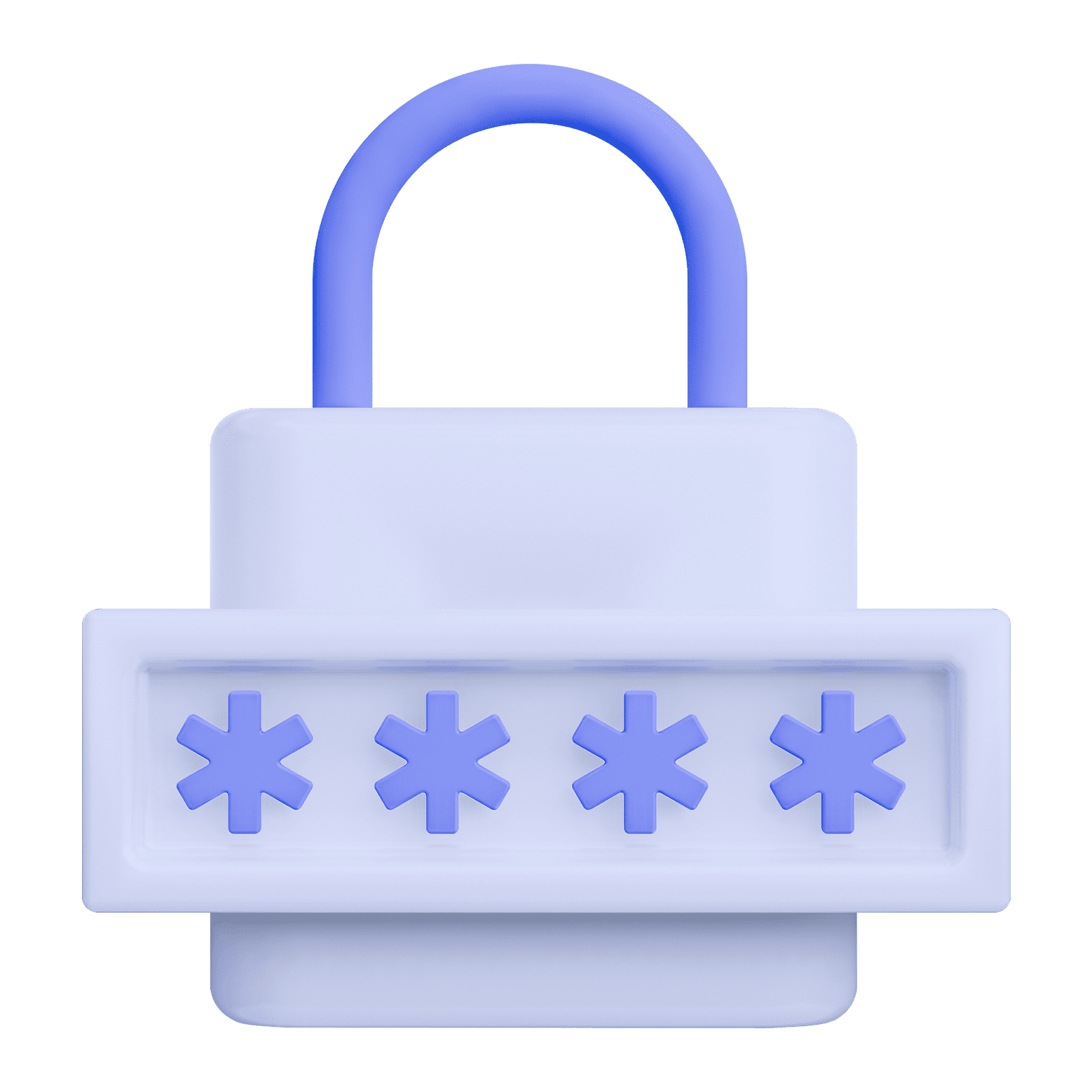
We cover every aspect of security operations, including monitoring, investigation, incident analysis, and response across all your assets applications, networks, cloud environments, platforms, middleware, and on-premise IT infrastructure. With Laburity's SOC-as-a-service, security analysts, engineers, and administrators act as an extension of your security team, reducing operational costs and eliminating the burden of constant security administration. We integrate modern technologies and frameworks like SIEM-SOAR, Threat Intelligence, Governance Risk and Compliance (GRC) systems, Endpoint Detection and Response (EDR), User and Entity Behavior Analytics (UEBA), and cybersecurity automation. Our proactive monitoring ensures even the most advanced threats are detected, while your in-house team stays focused on business goals.
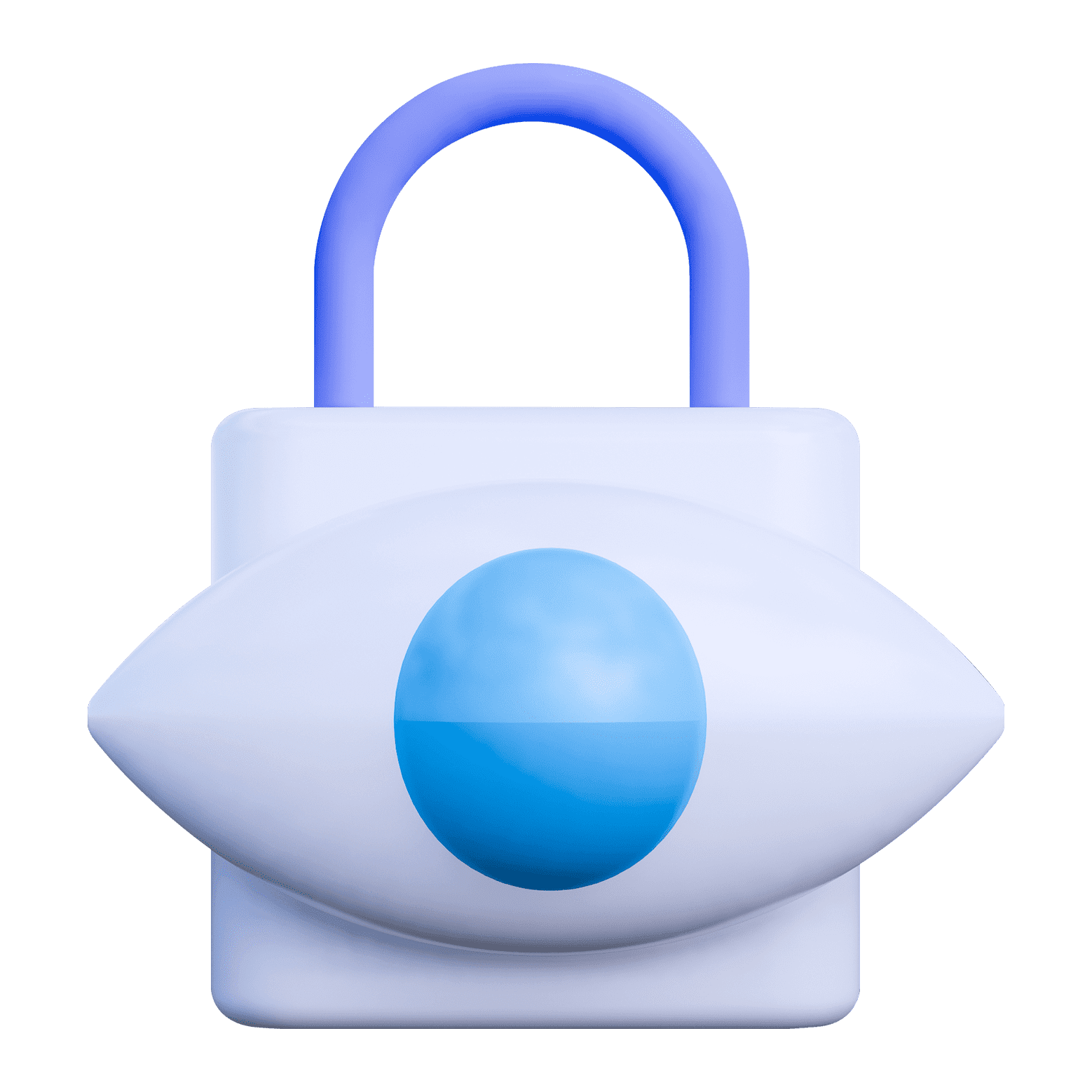
Our SOC team monitors and protects your entire IT stack: applications, networks, hosting assets, cloud platforms, IoT devices, and more. We continuously collect telemetry data from these environments, providing 24/7 visibility and ensuring any security incident is quickly identified and mitigated.
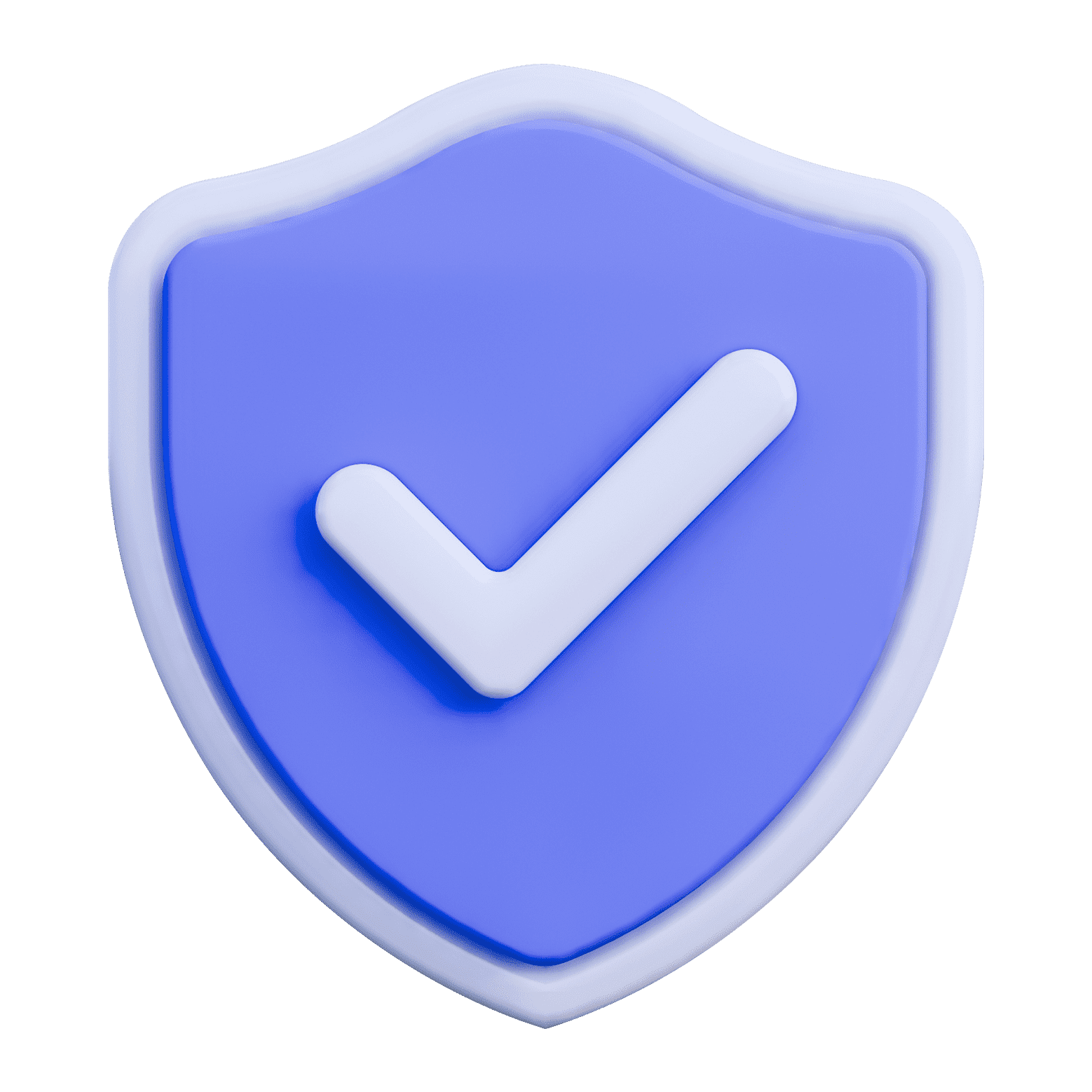
We provide 24/7 incident management, log collection, event correlation, threat hunting, and vulnerability assessments. Our SIEM services also include user behaviour analytics, SOAR integration, and incident forensics to ensure proactive security.

We monitor all data flows and protect sensitive information through encryption, file integrity monitoring, and advanced threat protection. Machine learning algorithms help reduce false positives and ease the burden on your security team.

We manage user roles, behaviour analytics, and access controls, ensuring secure access to your systems with solutions like multi-factor authentication and privileged access management.

Our advanced Endpoint Detection and Response (EDR) platform ensures real-time anomaly detection and rapid remediation. We also offer antivirus, anti-phishing, and network access control to protect your endpoints.

Response Playbook services provide threat monitoring and response services with predefined, detailed action plans for responding to various cybersecurity incidents. These playbooks outline step-by-step procedures to handle different types of threats effectively, minimizing response time and reducing the impact of incidents. They include guidelines for containment, eradication, and recovery processes, ensuring a coordinated and efficient response.

Ccomprehensive management of Endpoint Detection and Response (EDR) and Network Detection and Response (NDR) solutions. This service includes continuous monitoring, threat detection, and incident response, all governed by defined Service Level Agreements (SLAs). By leveraging advanced security tools and expert analysis, the MDR service ensures timely identification and mitigation of threats, enhancing the overall security posture of the organization.

Purple Team Assessment combines the strengths of both red (offensive) and blue (defensive) teams to test and improve an organization's security operations. This collaborative approach focuses on real-world attack scenarios, enhancing detection and response capabilities. It provides a comprehensive understanding of security gaps and fosters a culture of continuous improvement in cybersecurity practices.
We secure enterprise applications and cloud environments with WAF, DAST, SAST, API Security, and more. Our DevSecOps approach ensures security is integrated throughout the application lifecycle.
Our SOC seamlessly integrates with your DevOps workflows to embed security practices from the ground up. We offer tools for threat modelling, secure coding, and vulnerability analysis to ensure secure development.
We secure all hosted assets through patch management, monitoring, encryption, and identity management.
We integrate advanced threat intelligence tools and platforms, including OSINT and STIX/TAXI, to predict and prevent cyberattacks. Our self-healing capabilities reduce detection and response times.
Threat Monitoring Services refer to the process of monitoring and analyzing an organization's digital assets, such as networks, servers, and endpoints, for any security threats or anomalies. This service can include real-time monitoring of events and alerts, as well as analysis and investigation of security incidents. The primary goal of security monitoring services is to detect and prevent security breaches, data theft, and cyber-attacks before they cause significant harm to an organization.
Our team provides 24/7 real-time threat monitoring and risk assessment across cloud environments and IT infrastructure. With advanced tools like SIEM, EDR, and Behavioral Analytics, we distinguish between legitimate and malicious activities, ensuring accurate threat detection. We reduce alert fatigue by analyzing and prioritizing alerts, ensuring that only critical issues are escalated. This streamlined process allows your internal IT teams to focus on core activities without getting overwhelmed by false positives.
We ensure compliance with national and international regulations, including PCI-DSS, GDPR, SOC2, and ISO standards. Our managed SOC services include compliance audits to meet stringent governance requirements.
Our SOC team utilizes advanced security tools such as Threat Intelligence, IAM, Incident Analysis, Malware Detection, and tailored solutions for cloud environments. We also integrate automation to streamline incident management, making threat detection and resolution faster and more efficient.
Our SOC services are structured across multiple tiers to ensure seamless operations, faster response, and effective incident management.
In addition to the tiered roles, multiple technical and specialty roles exist, including:
We identify, analyze, and prioritize risks to protect your organization’s IT assets proactively. Our SOC team follows a risk-based approach to ensure that vulnerabilities are addressed based on their severity and potential impact.
When an incident occurs, our team initiates rapid response actions cleaning databases, securing systems, and stopping harmful processes. We also follow robust recovery protocols, including system backups, rebooting endpoints, and strengthening defenses for future resilience.Our SOC team takes swift action to contain and eliminate threats as soon as they are detected.
When incidents occur, our SOC team ensures a structured and efficient response process to minimize damage and downtime.
We provide detailed reports to keep stakeholders informed about the security posture and the actions taken by our SOC team. Our reports are comprehensive, actionable, and aligned with compliance requirements.
Laburity’s SOC services run continuously, providing non-stop monitoring and threat management to ensure your systems are secure around the clock.
Our cyber security team is certified and affiliated with well-known and industry-recognized certifications and organizations.

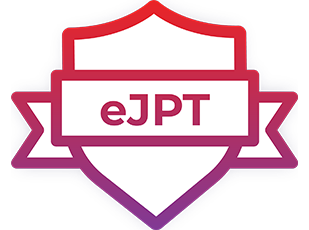



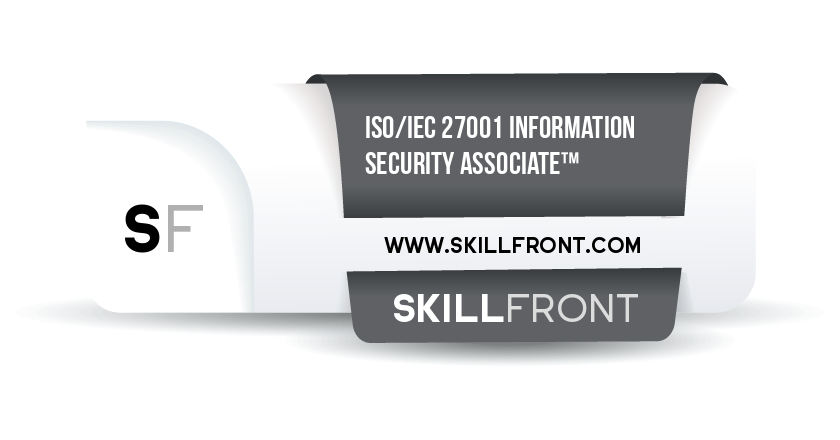

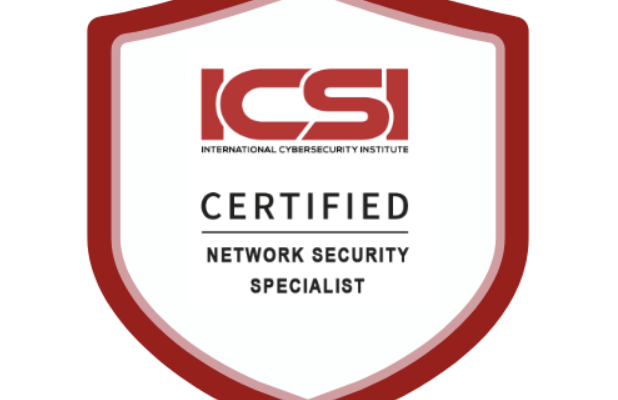

Be confident with these word of mouth for our talented team members.

Security Engineer, iddink group
"We have been Running vulnerability disclosure program for a long time, no one was able to get into that asset, very sneaking finding"

CTO, Passport Global
"Laburity conducted penetration testing and security assessments for our company, Passport, and we couldn't be happier with their services. Their team provided comprehensive assessments and delivered top-notch security consultancy. They went above and beyond, showcasing remarkable expertise and not just relying on automation tools. We highly recommend Laburity for any security needs."

Security Operations Engineer, Walmart
"I received the exploit you handled. I found it to be a great find and very well documented exploit. Thank you very much for that."

CTO, Replique
We engaged Laburity for a cybersecurity consultancy and penetration testing, and we couldn't be more impressed with the experience. The service was top-notch, delivered with remarkable speed, and exceeded our expectations. What stood out was the blend of automation with deep expertise—they didn't just rely on tools but deployed senior resources who brought incredible insight to our project. Laburity's approach was thorough, professional, and truly elevated our security posture. Highly recommended!

Confidential
"Laburity has done a complete penetration test and vulnerability assessments and after that they fixed the security loopholes as well. Their work ethics is really impresive also their dedication to timeline. They explain in details whatever i ask or I need an explanation. Their reports and commitment to the Job would let me to look forward to work with them in the future."

Confidential
"It was great working experience with them through project duration. I highly recommend them for next projects too. Thanks for your great efforts and looking forward to work more in future."
Our team has spoken and moderated at different events and conferences. We have also been invited as trainers at few occasions. Some of those events are the following.
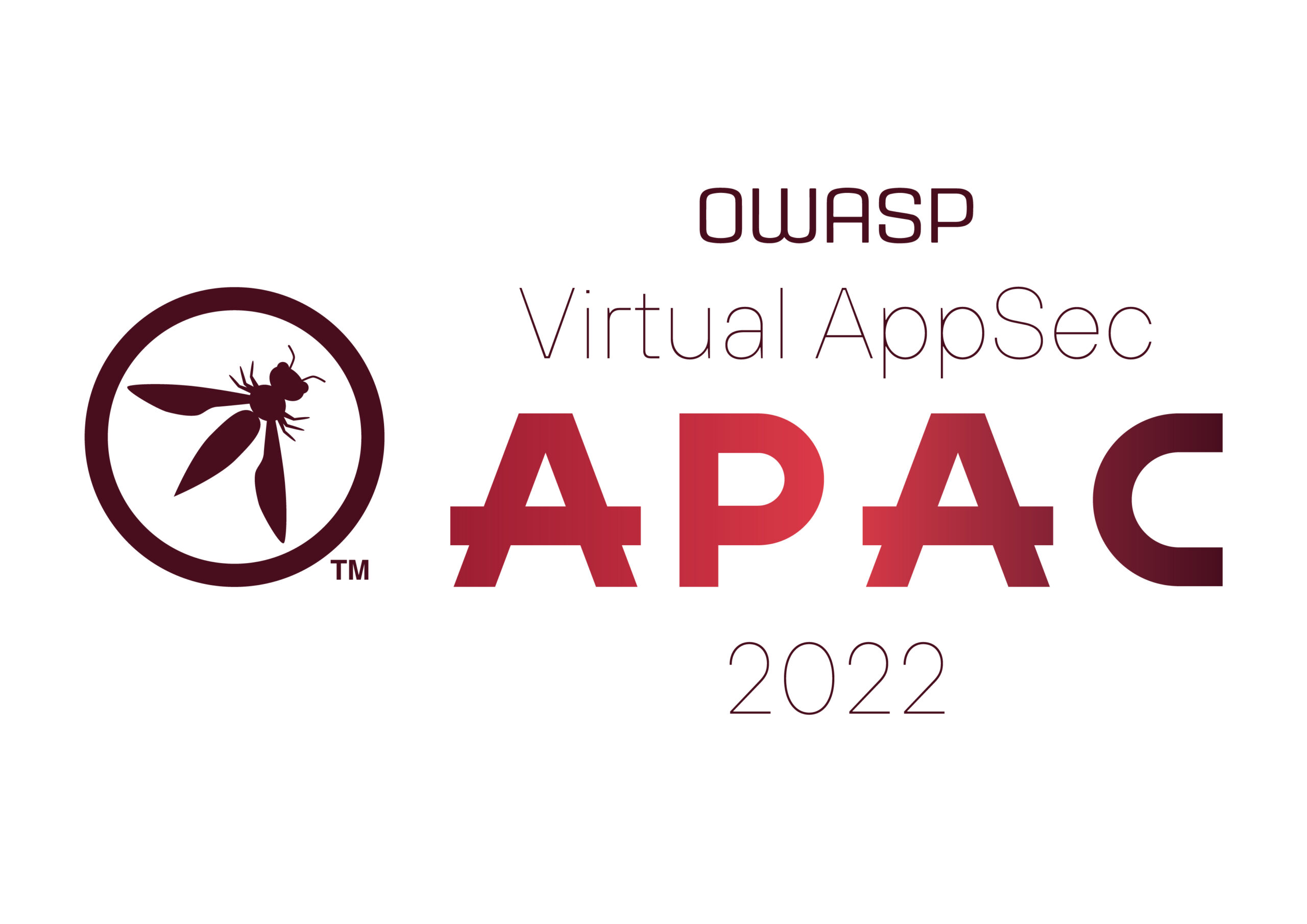
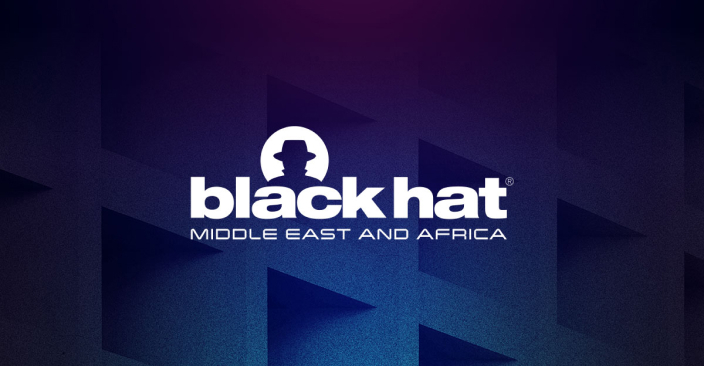




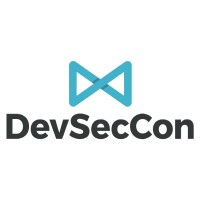


Our team members has helped 100s of companies when it comes to reporting vulnerabilities under responsible disclosure and got recognized by them, some of those companies are following:

















We are excited to share that Hassan Khan Yusufzai, Director at Laburity, was recently featured in an interview with SafetyDetectives. In the discussion, Hassan talked...
Introduction: Cybersecurity has to be a major concern for businesses in light of the growing cyber threats...
APIs (Application Programming Interfaces) are essential tools that allow different software systems to communicate with each other....
There’s a Web application vulnerability called HTTP Request Smuggling that lets attackers sneak harmful requests into a...